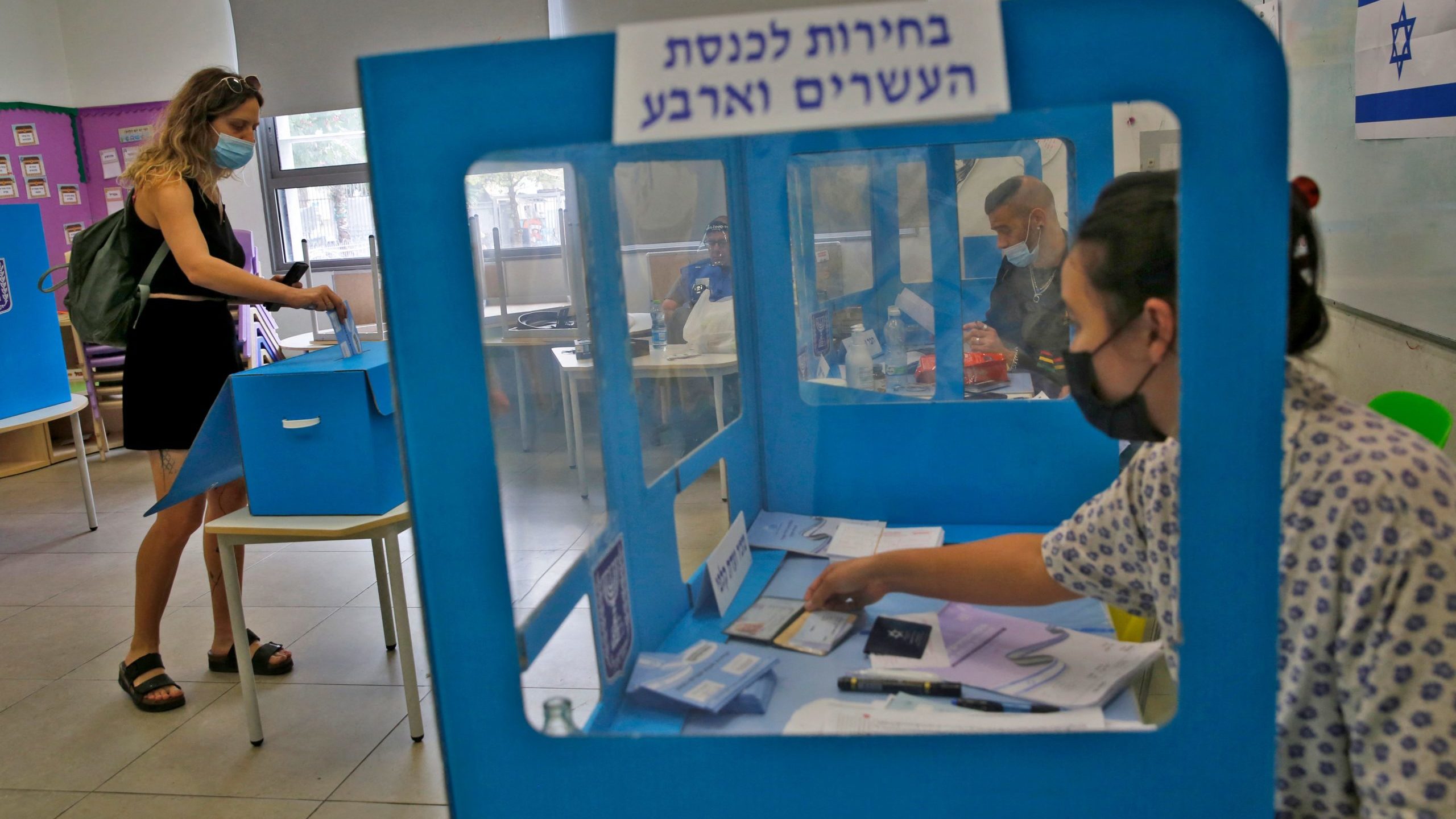A Quiet Election Day in Israel as Voter Fatigue Dampens Turnout
Only a few cases of irregularities at polling stations reported
For many Israelis, Election Day, March 23, is a day like most others.
Rivka, a 30-something Jerusalemite, voted in the last three elections since 2019 but decided to sit out the fourth election in two years.
“Work has been stressful and I just needed a day to relax,” she told The Media Line. “I [figure] I’ll just go in October.”
October 5 is the date of the next election if the next prime minister-designate fails to garner enough support to form a government, and his or her legislative colleagues are unsuccessful as well.
As of 4 pm, some 42.3% of eligible voters had cast their ballots, which was the second-lowest percentage ever by that time. In 2006, only 39% of eligible voters had participated by 4 pm.
The lowest total voter participation rate was in 2001 when 62.3% of Israelis showed up to cast their ballots.
The voter turnout increased over the last three elections, in April and September 2019, and March 2020, at 67.9%, 69.4% and 71% respectively.
In the 21st century, Israel’s total voter turnout rate has only twice exceeded 70% – a constant feature of 20th-century legislative elections – in 2020 (71%)and 2015 (71.8%).
Between 1973, the earliest available date, and 1999, the lowest percentage of total voter participation in the Knesset races was in 1992, when 77.4% of eligible Israelis cast their votes.
Israel’s record for highest voter participation in a national election was in 1988, when voter turnout hit 79.7%.
The Israeli police deployed some 20,000 officers in 12,500 polling stations, with few minor disturbances.
In a statement shared with The Media Line, the police said its officers had been “working with increased forces in the polling stations deployed throughout the country, in order to maintain order and security and ensure the proper conduct of the democratic process, in coordination with the Central Elections Committee.”
The police reported that they had found only a few cases of irregularities that required their intervention, including suspicions of vote-rigging and incidents of disorderly conduct and propaganda prohibited near polling stations.
Israeli Prime Minister Binyamin Netanyahu has long complained of allegedly widespread voter fraud, particularly in Arab polling stations.
In April 2019, the Likud sent around 1,200 undercover activists with cameras into polling places, almost exclusively in Arab locales, drawing widespread condemnation. These cameras were subsequently banned for the September 2019 election.
Foreign Policy magazine reported earlier this month that members of Netanyahu’s party had already started laying the groundwork for sewing skepticism about the final election result, citing attorney Iki Cohen, who said in December, at the start of the campaign season, “The election fraud has arrived.’’
Israel’s Central Elections Committee was already expanding voter access in light of the pandemic, including increasing the number of polling stations, with extra sites for people in quarantine, and doubling the number of citizens who can cast ballots by special arrangement rather than in their usual neighborhood polling stations.


